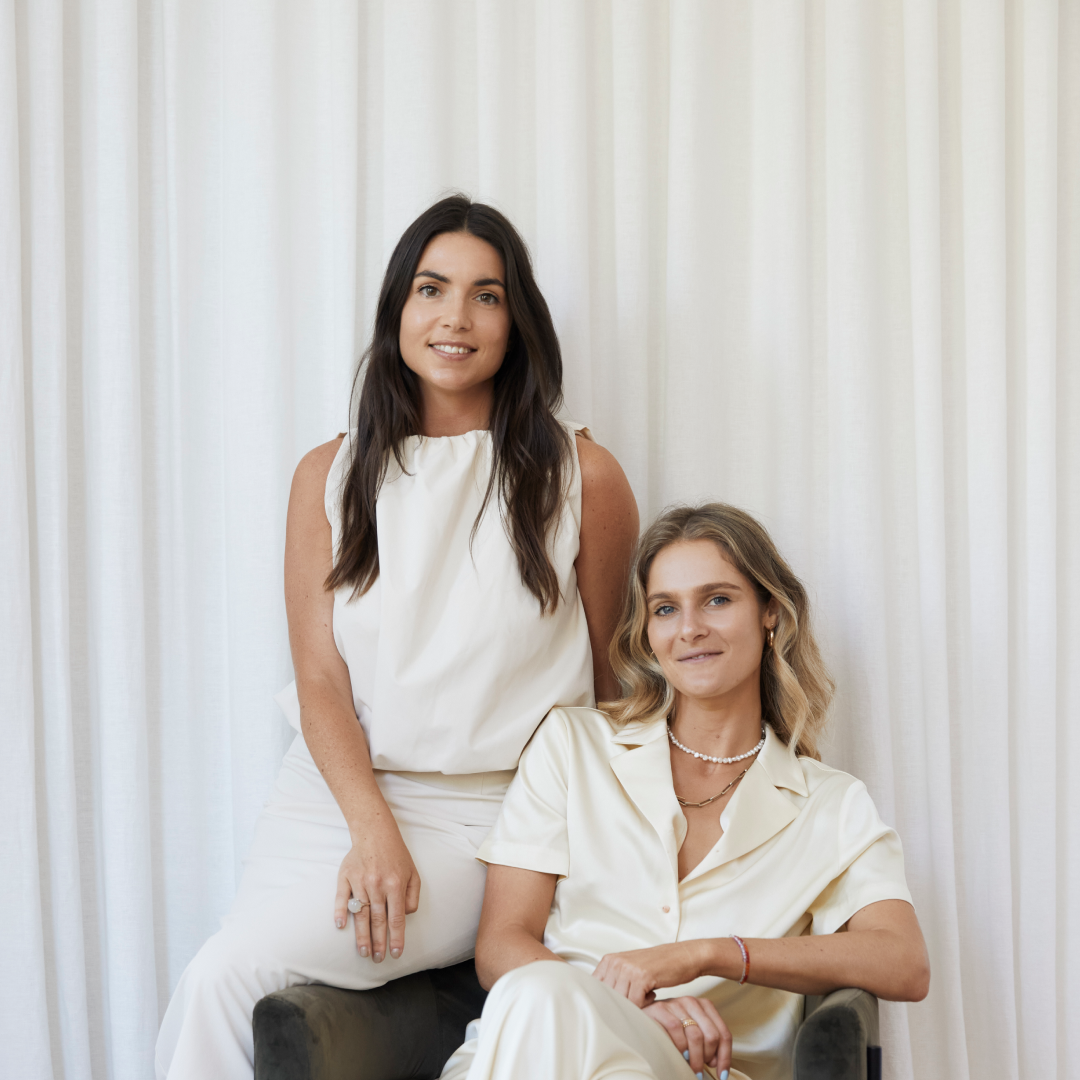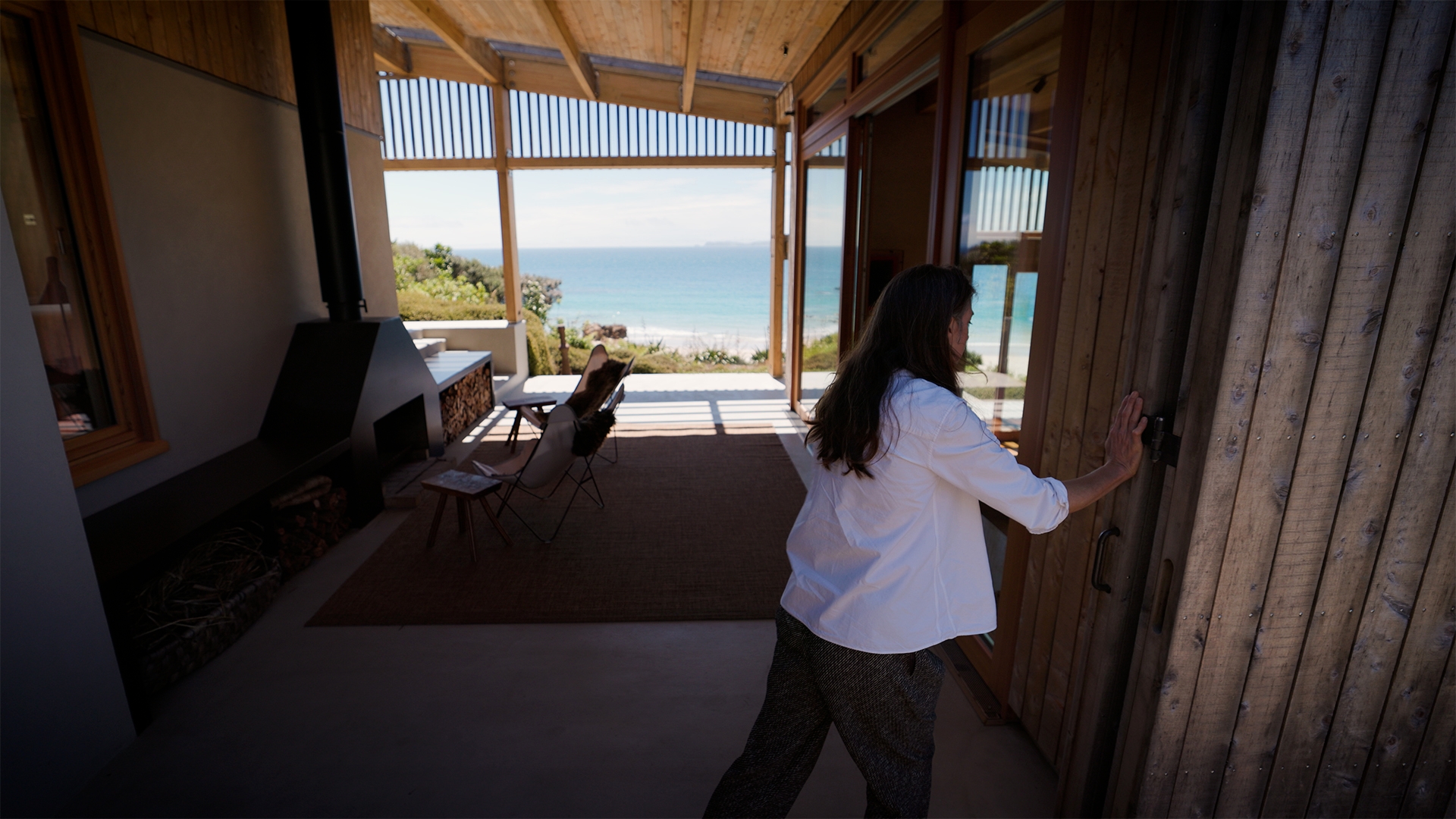Feature article
Getting your money together: how much do you need?
Did you know you can buy a house with less than a 20% deposit?

Now to the juicy stuff… personally, we think this section might surprise you…
In some instances, the greater your deposit amount, the more you can borrow from the bank, and, therefore, the greater the price of a house you can afford!
One thing to be aware of is Loan to Value Ratios (LVRs), which we mentioned in the previous module. LVRs mean banks are restricted in the amount they can lend you compared to the property value. Every person is different, so don’t assume just because the bank told your friend one thing, that that applies to you too. Every person's financial situation is so unique.
You may be surprised to know, (we definitely were) that you don’t necessarily need a 20% deposit to buy a house!
We’re going to look at some examples…
1. A 5% deposit
Only some banks offer lending for a 5% deposit – it's not a guarantee, and depends on the type of house you’re buying, and your personal circumstances.
You must be a NZ citizen, permanent resident, or resident who has been in NZ for the last 12 months.
You must earn less than $95,000 over the last 12 months (not the last tax year), if you’re an individual, or less than $150,000 if you’re a couple. Even if you earn over that amount now, but have earnt less than that in the previous 12 months, that’s totally fine.
You have to have been in the same job for 12 months, or in the same industry for 2 years.
You’ll have to pay an additional 0.5% of the mortgage value, which is called a Lenders’ Mortgage Insurance fee. This is because the banks need extra protection as they’re lending you such a large percentage of the property value (95%). Make sure you factor this additional amount into your costs.
You’ll still get access to the ‘’special discounted rates’’ from the banks – just like someone with 20% would.
2. A 10% deposit
If you’re wanting to buy a new build, you’ll only need a 10% deposit.
When you have a 10% deposit, the bank has to lend you 90% of the property value.
There are some instances where a bank will lend 90% to you even if you’re buying an existing property. Banks are limited to the amount they can lend out at this ‘high LVR’ level, so there’s no guarantee, but it’s worth a try! They do also tend to reserve this ‘high LVR’ lending for first home buyers as well.
With 90% lending, there’s also no guaranteed cash back, and you’ll pay a higher interest rate. This is because you’re considered a bit more of a risk to the bank, usually 0.25 – 1% higher than someone with a 20% deposit.
You don’t have to pay Lenders’ Mortgage Insurance though.
3. A 30% deposit
This is the most common amount of deposit.
The higher the deposit, the better from the bank's perspective, as you’re considered ‘less risk’.
Having a 20% deposit opens the doors to better mortgage rates and higher cashbacks.
Some banks give cash back, which is anywhere between 0.5% – 0.9% of the value of the loan. For example, this could be anywhere between $2,500 – $4,500 cash back if you had a $500,000 loan.
Some complicated terms
Cash back
This is when a bank literally gives you cash back for taking out a loan with them. This is an incentive for you to choose that bank. They can be super handy to help pay for lawyers’ fees or furnishings once you move in. Your mortgage adviser should be all over these, but it might pay to ask too.
Loan-to-Value Ratios (LVRs)
Loan-to-Value Ratios (LVRs) are limits for the banks to ensure they don’t give you a loan too high compared to the value of the property, and, as a consequence, take on too much risk. In most situations, and for most banks, the LVR is 80%. This means banks can lend you up to 80% of the value of the property. Technically, there’s no LVR restriction for new builds. And for property investors (people with more than one home), the LVRs are higher, at 65% of the value, meaning you’ll need a 35% deposit.
Example 1: Buying a $675,000 house on your own
This shows how you’d achieve buying a $675,000 house with a 10% deposit, based on:
- A KiwiSaver balance of $37,500 – based on 3% contributions of your $110,000 salary.
- Cash savings of $30,000 – by saving $500 a fortnight for 2.5 years.
The total of these two points gives you your $67,500 deposit.
This means you need to borrow $607,500 to purchase a house valued at $675,000.
You also have $250 a week from a flatmate which is helping service the loan (not the deposit). You’d need to have someone living with you paying $250 a week in order to borrow the $607,500 mortgage, as the additional income would be needed to service the loan (i.e. $110k salary, plus $250 a week boarder income, will be enough to service a $607,500 loan).
Example 2: Buying a $875,000 house with someone else
Example 2 just shows how you would get a $87,500 deposit from both of your KiwiSaver contributions and cash savings, in order to purchase a $875,000 house with a 10% deposit.
When do you need the deposit?
If your investing goal is to one day own your own home, then it’s best to start putting aside money regularly and consistently – whether that's into your KiwiSaver or into an investment account – the sooner you can start, the better.
If you’re thinking about buying a new build or an existing house, there are slight differences in terms of when you need the deposit ready. And, if you have no idea yet, that’s ok too – there's plenty of time to figure that out.
Buying a new build
The brilliant thing with new builds is that you only need a 10% deposit. You’ll need to pay at least 5% of the purchase price (deposit) to the developer when you go ‘unconditional’. You’ll then need to pay, usually, only another 5% deposit by settlement, which could be up to a year later.
Going unconditional, for those who don’t know, means the buyer and seller are legally obligated to complete sale and purchase of the property. It essentially means there’s no more backing out. The deal is done!
This is one of the perks of buying a new build, you might have up to 12 months before you have to pay for the remainder of the deposit. It gives you even more time to save those pennies! It’s worth noting that some developers might ask for 10% upfront, but, in other cases, they might not. Either is fine and normal.
Buying an existing home
Typically, you’ll need to pay 10% to the vendor's solicitor (a fancy word for the seller's lawyer) on going unconditional to essentially confirm you’ve bought the house. The balance, usually another 10%, will be paid on settlement, which can be anywhere from four weeks to six months later, so it doesn’t have to be ready right away. You must pay the rest at settlement, though, otherwise you could lose your initial 10% you have already paid.
More on the differences between buying a new build and an existing property later.
Other things to consider when paying your deposit
- If you’re using KiwiSaver, your solicitor will need to make sure they’ve applied for the withdrawal with enough time. This can take up to 10 working days for funds to be released and, sometimes, deposits need to be paid within two to three days of going unconditional.
- Do you need to give notice to withdraw your cash savings? If your money is in a term deposit, you may need to give the bank notice that you want to withdraw to avoid paying extra fees.
- Some banks only allow you to transfer a certain amount per day. Make sure you check with your bank so you can transfer it all in time.
- If you’re lucky enough to use ‘the bank of mum and dad’, have your parents had enough time to arrange the gifted funds? Bank transfers can take a few days (even more if over a public holiday!) so make sure you leave plenty of time.
- Buying at auction comes with a few more risks. If you go to an auction and win, you now own the property. There’s no backing out.
Before going to auction, you should…
- Register your intention to bid with the agent if you’re actually serious.
- Get a valuation and builder’s report done on the property before you bid.
- Have approval from the bank for both a loan amount (this is called pre-approval) and security approval.
- Security approval is when the bank confirms that they’re willing to lend against that particular property.
- You send the sale & purchase agreement to the bank (they can see the purchase price and address etc.), so they’ll do their own due diligence on the property and the S&P. They’ll look for anything in the S&P that could be detrimental. For example, are there any known issues with the property, such as a faulty roof, that needs repairing? Will this be fixed before settlement? Will the purchaser be doing it and, therefore, reducing the purchase price, or will the vendor take care of it? Security approval is the bank saying they’ll lend against that property, so it has to be done, and it’s important.
- We have an example of this recently where a friend of a friend was buying a place. She got approval for 90% lending, went unconditional on the purchase, then the bank saw the details of the property, which was an apartment. Apartments are typically max 80% LVR, meaning now she has to find another 10% deposit. Had she used an adviser, they would have been able to tell her, from the off, that she needed 20%, and that property wouldn't have been acceptable for her bank approval.
- You’ll need to pay the deposit straight away. So, if you’re using KiwiSaver funds you’ll need the seller to agree to let you pay this later as it could take two to three weeks for KiwiSaver funds to be released.
- If you win and can’t meet these conditions or requests, you could face a big fine.
Make sure you leave a little money left over!
While your deposit will make up the majority of the money you need to have available, this isn’t where the costs start and end. You shouldn’t be using every last dollar to your name on your house deposit.
You will need to have extra cash available for (all in NZD):
- Solicitor (lawyer) fees - approx $2,000 - $2,800
- Valuation and building report costs - approx $850 - $1,000 for each report
- If you put an offer in for multiple houses, you will have. to get reports for each property.
- Moving in costs/furniture/renovations - endless 🙃
- But approx $75 - $100 per hour for a removal truck and $1,000 - $5,000 for furniture and decorating.
- If you're buying a new build, the furniture/decorating costs will be lower as they usually come fully equipped.
- Insurance
- House insurance - approx $130 - $160 per month. This is compulsory and needs to be in place BEFORE settlement.
- Contents insurance - approx $40 - $100 per month. This is voluntary but we advise you to definitely get it.
- Personal insurance - approx $30 - $150 per month depending on the cover.
- Residence Association or Body corp fees - approx $1,500 - $3,000 yearly
- These are fees you need to pay if you are buying an apartment or leasehold property. They cover cost for maintenance of common areas e.g. elevators, driveways etc
- Tip: check that the body corp fees don't have a history of increasing by ridiculous amounts each year. Otherwise this could really hurt your paycheck.
- Rates - approx $250 - $350 per month depending on the city and suburb you buy in
- These are fees paid to the Council which pay for rubbish collection, maintenance of parks in your area etc. There is no avoiding these costs.
- Cashback - this is money coming in 👏 - varies across bankes/how much deposit you have, but generally 0.7% of the loan amount or $2,000 - $5,000.
- It's paid to you by the bank when you settle the loan and yours to do what you like with. Think of it as an incentive from the bank for you to choose them.
- This is usually enough to cover your legal fees at least - yay!
GRAND TOTAL: $5,000 - $7,000 one-off upfront fees + approx $800 per month ongoing costs
The key thing to remember when getting your deposit together is to not leave things to the last minute.
You’re dealing with multiple different people and companies e.g banks, lawyers, KiwiSaver etc. It can always take longer than you think to process things, and there can always be delays. You don’t want to miss out on your dream home because your deposit money didn’t arrive in time!
Financial Disclaimer
The Curve and The Curve Classroom course has been prepared solely for informational and educational purposes. Any information provided and serviced described in this website are intended to be of general nature and provide general information only. The opinions expressed by The Curve do not constitute investment advice and are not to be viewed as investment or financial advice. It does not take into account your investment needs or personal circumstances. Independent advice should be sought where appropriate. Should you require financial advice you should always speak to a Financial Adviser.
Author
Discover More

How Kiwi Live: Dame Sophie Pascoe’s Christchurch Home Blends Family, Accessibility & Design
Far from a museum of medals, Sophie's home is a sanctuary defined by whānau, resilience, and a vibrant open-door policy.

How Kiwi Live: A peek inside interior designer Kristina Pickford’s Otama sanctuary
Kristina Pickford's home is more than a place to live; it's somewhere to connect with friends, whanau, and the land.
Search
Other articles you might like




